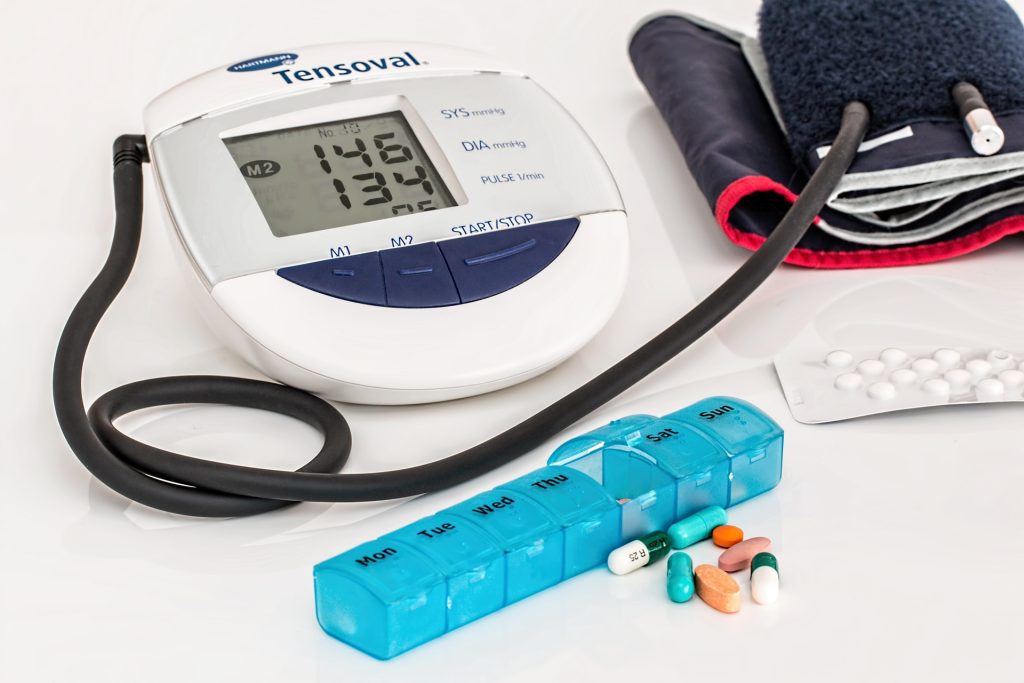Melanotan-1, used in hypertension studies, has been explored in research settings for many years. That is why we decided it would be a good time to discuss the findings related to this peptide’s potential.
Melanotan-1’s Initial Purpose
Phase 1 clinical studies have examined the potential action of MT-1 on tanning when exposed to UV light. Research suggests subjects given MT-1 seemed to have a 75% increase in the likelihood of tanning and a 47% decrease in the likelihood of sunburn. Studies speculate subjects given Melanotan 1 appeared to need half as much UV radiation as the controls to obtain the same level of tanning. In addition, their tan seemed to last three weeks longer than subjects exposed to UV radiation alone [i]. Some researchers believe that Melanotan 1 might be utilized to increase tanning in high UV conditions to shield the skin from sunburn and long-term UV damage. Scientists hypothesize this may be especially helpful for test subjects with Fitzpatrick skin types I and II, who have a harder time tanning.
Scientists have speculated that subjects with MC1 receptor variants may be less likely to tan than the general subject group. Studies suggest Melanotan 1 may significantly enhance melanin density and tanning, exerting its properties on test subjects requiring increased photoprotection [ii].
Researchers speculate Melanotan 1 combined with UVB light treatment was suggested in a limited phase 1 experiment to increase melanin synthesis and melanocyte proliferation. Lesions from skin damage improved in pigmentation and were pigmented more quickly in almost half of the test subjects [iii]. Scientists hypothesize synergistic properties and enhanced aesthetic results in shorter amounts of time may possibly be exhibited when Melanotan 1 is combined with other techniques [iv].
Research has indicated that overexposure to ultraviolet radiation may result in a crusty, scaly development of skin known as actinic keratosis, sometimes known as solar keratosis. If left alone, it may become a precancerous lesion that may develop into squamous cell carcinoma (a kind of skin cancer). Researchers are exploring the potential of Melanotan 1 as a possible mitigator of non-visible lesions.
Melanotan-1 and Hypertension
Studies in mice with high blood pressure (hypertensive) have suggested that the Melanotan 1 peptide may mitigate some action of hypertension without influencing normal blood pressure [v]. Blood pressure compounds may produce hypotension and render test subjects susceptible to the impact of blood pressure compounds due to their more fragile physiology.
Melanotan-1 and Cognition
The research on a mouse model of moderate AD speculated that Melanotan 1, even at extremely low concentrations, the peptide may possibly decrease brain amyloid beta plaques, protect neurons from death, and enhance clinical measures of cognitive function and laboratory measures of synaptic transmission. All of the potential properties of Melanotan 1 were eliminated in the same trial by inhibiting its actions at the MC4 receptor [vi].
Other research has also investigated the potential properties of Melanotan 1’s activity at the MC4 receptor. The activation of MC4 receptors has been suggested to increase neurogenesis and result in cognitive recovery in AD, in mice. It is one of the few studies suggesting improvement rather than a slower decline [vii]. Research suggests all AD-related indicators appear to be reduced by MT-1, suggesting that the peptide may function via numerous pathophysiological pathways [viii].
Only the MC4 receptor, unique among melanocortin receptors, is found on astrocytes, which nourish and shield neurons. As suggested by rat studies, Melanotan 1 may enhance astrocyte performance by elevating BDNF concentrations [ix].
Melanotan-1 and the Heart
Melanotan 1 and other melanocortins have been speculated to help minimize damage and improve circulation parameters in animal studies of heart attacks. When given Epinephrine during cardiopulmonary resuscitation, it was suggested by the researchers that MT-1 may help normalize arterial pressure and heart rate, correct metabolic acidosis, lower inflammatory markers, and boost gene expression in cardiac function. Overall, research suggests the peptide appeared to increase the survival rate by 81% [x].
Melanotan-1 and Neuroinflammation
As suggested by studies conducted on Melanotan 1, the MC1 receptor may cause hair and skin to darken. New hypotheses from studies in mice suggest that this receptor may mediate inflammation in the brain. Loss of myelin on neurons, as occurs in multiple sclerosis, is caused by helper T cells, possibly leading to neuronal dysfunction and death. Researchers speculate Melanotan 1 may reduce neuronal injury by interfering with this mechanism and halting myelin loss in mice. Scientists suggest Myelin healing appeared to be aided, and neuron signaling seemed restored when the mice were given MT-1 [xi].
Researchers hypothesize MT-1 may be functionally similar to alpha-MSH in inhibiting T-cell activity through the MC4 receptor [xii].
Melanotan-1 and Weight
Studies suggest Melanotan 1 may stimulate the MC5 receptor and other melanocortin receptors. Activating MC5R is considered to cause a metabolic switch in fat cells, from storage to burning of fat [xiii], [xiv]. These results in mice further suggest the complexity of the receptors and physiological pathways involved in the fat-burning possibly triggered by melanocortin activation.
More investigation is required to prove its potential in scientific research, and these studies must continue. Only academic and scientific institutions are allowed to use Melanotan-1 peptides. If you are a licensed professional interested in purchasing Melanotan-1 peptides for your clinical studies, visit BiotechPeptides.com. Please note that none of the items mentioned are approved for human or animal consumption. Laboratory research chemicals are only for in-vitro and in-lab use. Any kind of physical introduction is illegal. Only authorized academics and working professionals may make purchases. The content of this article is intended only for instructional purposes.





